Basic Requirements for Living Off the Land
Living off the land sounds like a romantic life: waking with the sun, cooking up your own pastured eggs, skipping out to the garden with your hoe, fetching your water from a well behind your house, happily looking after your dogs, cats, goats and horses. A hot herbal tea when the day is done, feet up by the kitchen fire.
Before taking the plunge and buying a plot of land, it might be wise to rent nearby — see what it’s like to live in the area you’d like to buy in, and get a feel for the people and the land. There’s quite a lot to consider, so I invite you to explore some of the fundamentals.
Low Expenses and Frugal Living
To attain such a blissful, rural life, there are obviously some practical matters one needs to address. Perhaps most importantly, expenses must remain within budget. Oftentimes, living off the land necessitates living frugally. This simply means cutting back on big, lavish expenses; perhaps reducing month-to-month costs by thinking twice about the need for new appliances, for instance, or new clothes.
Most likely, when you decide to live off the land, you’re often striving to increase your awareness as a consumer and participant in a money-driven world. This might propel you to thoughtfully consider ways to reduce consumption and waste. Perhaps you’ll invest in some chickens and build yourself a simple chicken run.
You can throw your kitchen scraps and garden weeds to the chickens, and in return, they’ll give you fresh eggs and manure. If you have a bit of forest or any fruit-producing trees, you can chop up the prunings for firewood, rather than purchasing it. These are simply a few suggestions to start you on your journey.
Be OK with “Missing” Things
There are two ways to interpret “missing things:” missing elements from your past life, as well as missing integral components of your new off-grid life.
First off, it’s important to understand that living off the land might take a bit of getting used to. After the initial elation period, you might find yourself missing some things from your “old” life. Depending on where you’re from, these things might include a fast Internet connection, bustling commerce centers, quick and pain-free customer service, chatty neighbors, etc.
As in most big moves, this is mostly a phase and will pass. It’s often said that moving homes is more stressful than divorce, so it’s best to take lots of deep breaths and go easy on yourself and your partner.
The other missing refers to any of the inevitable challenges of your new living-off-the-grid situation. All of us who live off-grid have faced obstacles at some time or another — perhaps we missed out on the ideal early spring planting time for sweet peppers and ended up with zero peppers because they froze in the chilly autumn temperatures.
Or maybe the white butterflies had an especially prolific year and laid an excessive amount of caterpillars among your brassicas. If you miss just a few clusters of those maddening caterpillars, you might end up with a skeleton of a previously blossoming cabbage plant.
There is some good news, however. All of this missing is part of a learning curve — you’ll learn a lesson with every “error” and next time, you’ll know better. Missing elements from your old life will surely pass as well. There’s so much to do and learn within an off-grid life that you won’t have time to be sentimental.
Vegetable Garden
Depending on your goals and intentions with your off-grid lifestyle, you’ll most likely want to have a vegetable garden. If you’re an experienced gardener, you’re already a green thumb and will know what to plant when.
Brassicas do well in the cold, and kale even survives a snowfall; certain lettuces and coriander will bolt without abundant water; spicy hot peppers will only germinate in very warm temperatures; some types of onions grow better if they over winter; and collecting and saving tomato seeds is simple as pie.
If you’re not a skilled gardener, however, now is the time to learn. You don’t have to start out with a huge plot and try to plant all the vegetables that you’ve seen in the grocery store produce section. Start small. With only a few plants. Get to know your soil and your water.
Perhaps you’ll learn that you need to add compost or manure to enrich the soil. In some climates, you might consider building a small greenhouse, but if that seems overwhelming, try a mini greenhouse idea, like covering your seedlings with upside-down bottles. In warmer climates, you might install a simple irrigation system to save time and do the watering for you.
In food self-sufficiency, not only will you save loads on store-bought vegetables, but you’ll also reach a point where you can simply dash out to the garden for a head of broccoli to cook up for dinner.
Keeping A Full Pantry: Ability to Preserve Harvest
After you’ve mastered gardening — or simply reached a happy plateau — you can easily begin to tweak a few tricks of the preserving trade: canning, dehydrating, freezing, or refrigerating.
There are so many ways to extend the life of your harvest: plucked basil can be turned into delicious pesto and then topped off with olive oil to preserve in the fridge; Italian Roma tomatoes can be stewed with garlic and a bit of added lemon juice (to prevent botulism) and then canned to last through the winter; extra peaches can be pitted, sectioned and then frozen for pies, smoothies or popsicles; plump figs can be thinly sliced and laid out to dry in the sun or a dehydrator to add to homemade granola; wild blackberries make scrumptious preserves.
If you’re not a kitchen type, there are other ways to preserve harvest that don’t require much thought. Certain types of pumpkins and squashes, for instance, can simply be stored in a cold, dark place and last months. A specific type of small tomato can be snipped on the vine and hung in the kitchen to last months.
Have fun learning new tricks of the trade and enjoy your harvest far beyond its life in your garden.
Raising Animals for Self-Sufficiency
Animals are a great way to increase your self-sufficiency.
Chickens, for instance, are a fantastic asset on a smallholding or farm. They don’t have to be expensive — neither their maintenance nor their housing — and they gift you with beautiful orange-yolked pastured eggs and nitrogen-rich manure. Your Saturday morning brunch of scrambled eggs and home-grown sauteed kale never tasted so good! Read more here about chickens and self-sufficiency.
Depending on your plot of land and your needs, a variety of animals might come in handy. You might want to keep rabbits for meat, as they reproduce quickly and the meat is quite similar to chicken.
Sheep or alpacas are great at keeping the weeds down in a large open space of land. A few goats can also be useful for weed control or to clear brushes, and goat meat is quite tasty in a curry or stew.
Consider your situation and try out a few animals of a certain sort to see how it goes before you dive into a big herd!
How to Make the Move to a Self-Reliant Lifestyle
Now that you’ve taken the decision to make the move, there’s a lot to consider, including things like mortgage or no mortgage, finding your perfect property, choosing the best tools and equipment for your farm, and the list goes on and on. The important thing is not to become overwhelmed.
Achieving Debt Freedom, or Ensuring Other Income to Cover Debt
For obvious reasons, your economic situation is an important aspect of your move. Thankfully, banks are there to lend money when in need, but then, of course, the banks expect you to return that money, plus interest. The loan doesn’t mean money in your pocket and then you’re off the hook.
Consider the various ways to either afford your day-to-day living or to pay back your loan. Either way, you’ll need a consistent monthly income, even if you’re living a very basic way of life.
Finding a Property that Covers Your Needs
When you look for a property, it’s easy to become seduced by a beautiful view rather than considering practical matters such as proximity to water or road access conditions. Perhaps make a list of what is important, both pros and cons and only then consult the competing properties.
Perhaps you want mains water, or south facing, or enough pine forest to cut down trees for wood. Do your research and take your time in deciding on your perfect home.
How Much Land do you Need to be Self Sustainable?
Contrary to popular belief, you don’t need a big property to be able to live off the land. Many urban homesteads are able to grow enough food and raise animals on (way) less than one acre.
Using traditional agriculture, the consensus is that you’ll need about five acres (a little over two hectares) to feed a person.
Using less common techniques like permaculture, aquaponics and other out-of-the-box gardening methods can reduce this big time. Read more about different methods of growing food in this article by Seed to Pantry, and read all about permaculture right here.
Investing in Proper Tools and Materials
You may find that pinching pennies on farm tools or equipment might come back to haunt you. If you can afford it, try to buy items that will last, otherwise, you might end up having to replace tools or equipment more frequently.
Additionally, ask around — investigate what other locals are using on their nearby farms. With their long-standing experience, they surely will have some knowledgeable tricks of the trade to share with you.
Defining Your Priorities
Again, a list might come into hand here. Identify your priorities, both short and long-term. Perhaps getting up and running might be a short-term goal, and raising outdoor happy pigs for meat might be a long-term objective.
Another idea might be to have an additional list with two goal-setting perspectives: one ideal, and one realistic. Explore your dreams for your off-grid living life, but also keep in mind that cost and circumstances can influence more than we might imagine.
Giving Yourself Grace — and Time Off
Most of all, it’s important to take some time off, both to rest and to reflect. When moving, one can become so wrapped up in checking off a to-do list that time off is thrown to the wind.
One of the best ways to continue the work momentum is to have a bit of time to put your feet up, rest your body and simply reflect. You might be surprised by new ideas or inspiration that come from this quiet time.


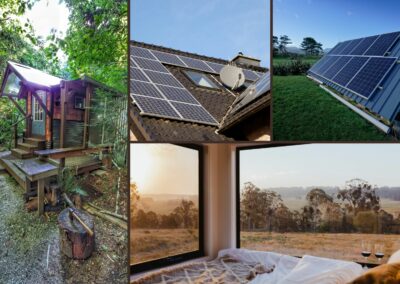
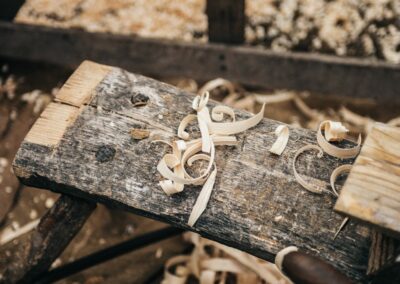
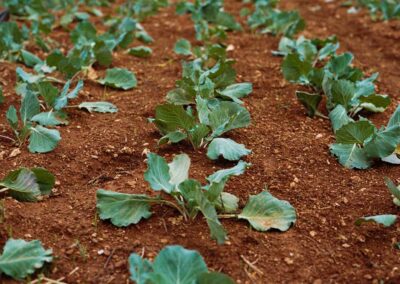
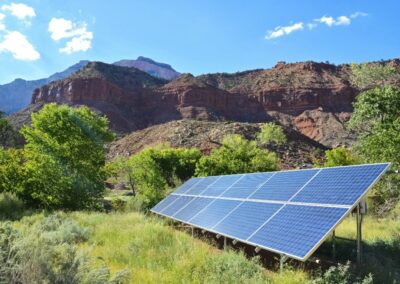
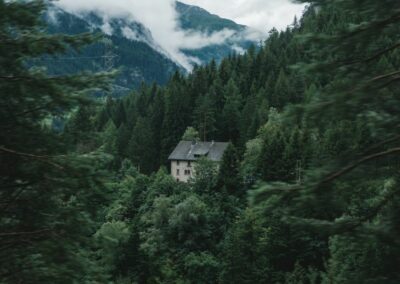
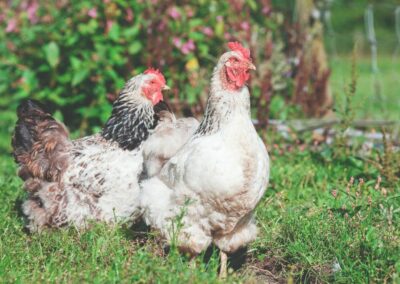
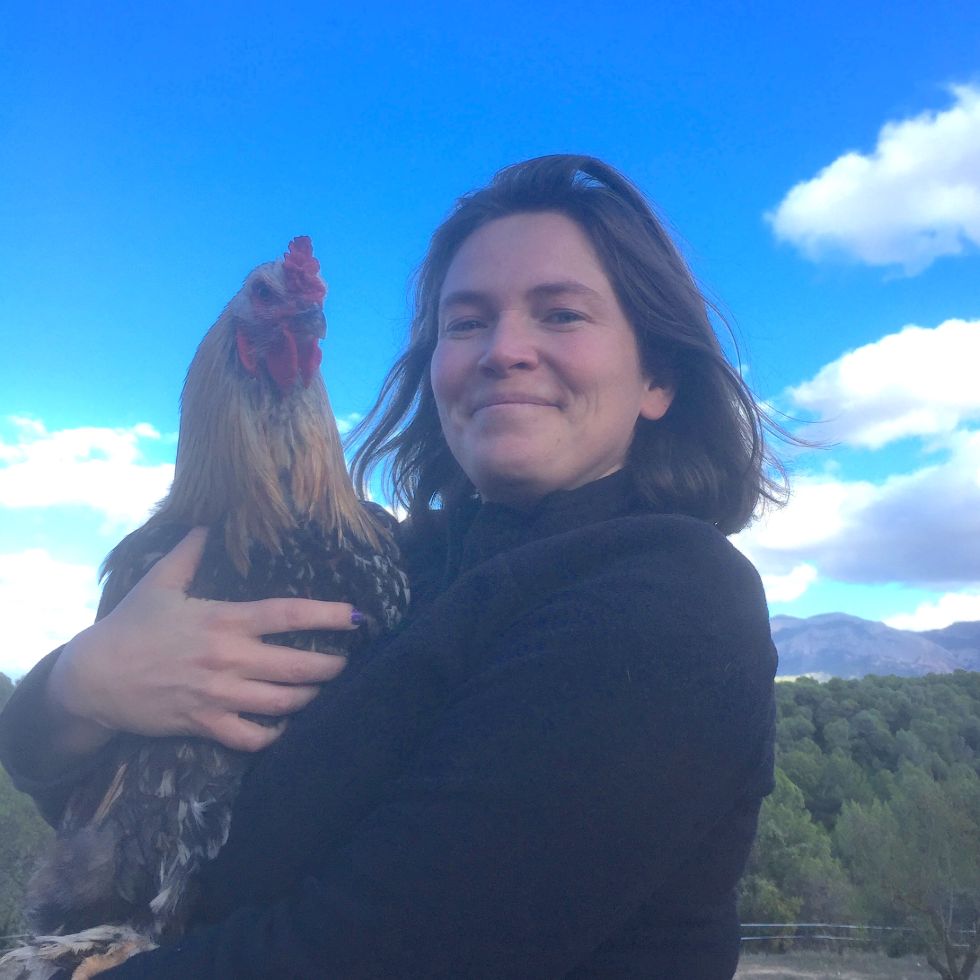
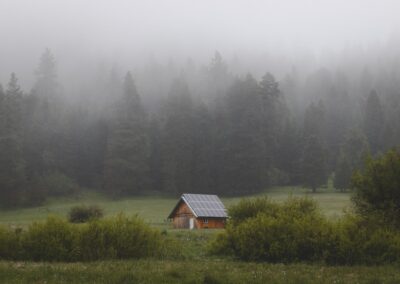
0 Comments